Talking about a possible plasma treatment for Covid-19, the Food and Drug Administration Commissioner Stephen Hahn misinterpreted results from the study. The study from the Mayo Clinic notes a possible 35% reduction in mortality rate, and Hahn said that if 100 people were sick with Covid-19, 35 lives would be saved.
For The Washington Post, Aaron Blake discusses why the interpretation is incorrect:
The vast majority of people who get the virus will recover with or without plasma. The 35 percent figure comes into play among those who die — a much smaller group. That would still be a huge development if borne out. But strictly speaking, the treatment would have saved about 3 out of 100 coronavirus patients, not 35. And given the smaller numbers we’re talking about, the finding is much closer to the margin of error — even as the preliminary study finds the effect to be statistically significant.
And even then, the claim doesn’t make sense. The data that he and Trump were referring to compared those receiving plasma treatments not to a control group, but between higher and lower levels of plasma treatments. The group with lower levels died at a rate of 11.9 people out of 100 died, while 8.7 percent died with higher levels.
Hahn later corrected himself.
See also Christopher Ingraham’s quick explanation of relative versus absolute risk. And this visual explainer from 2015 by NYT’s The Upshot should also be helpful in understanding the difference.


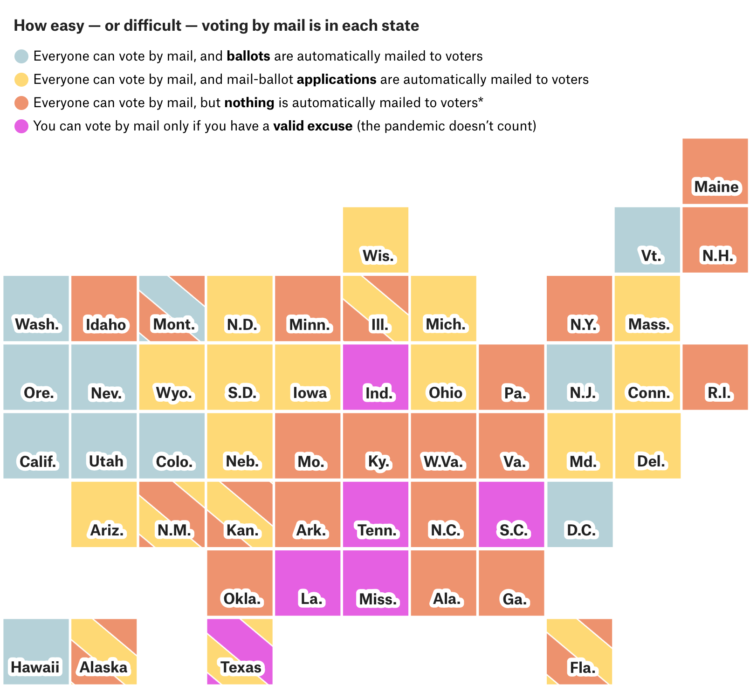


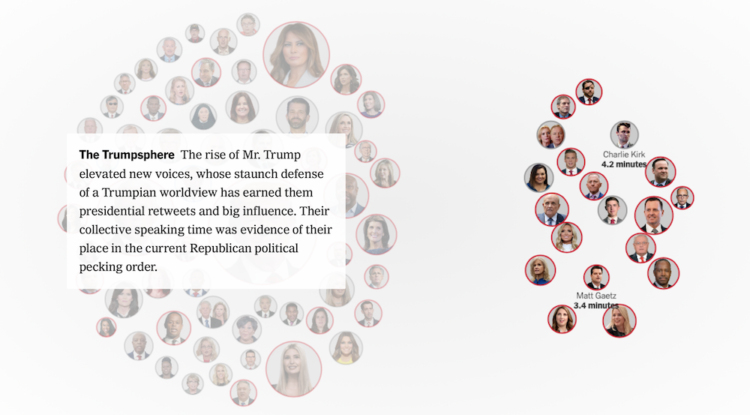
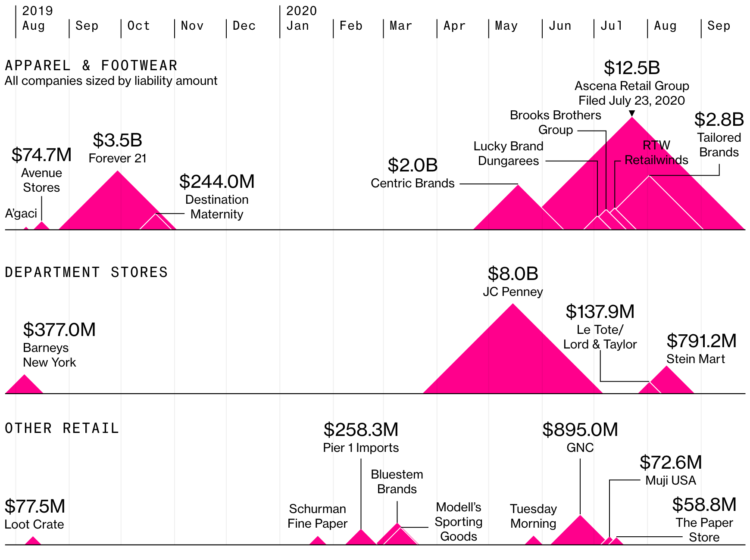

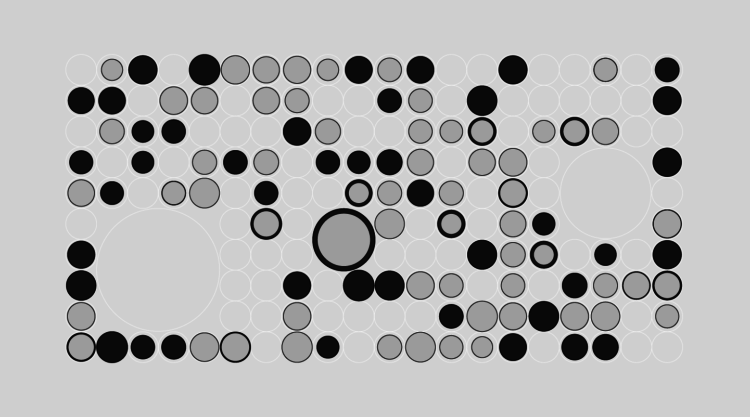


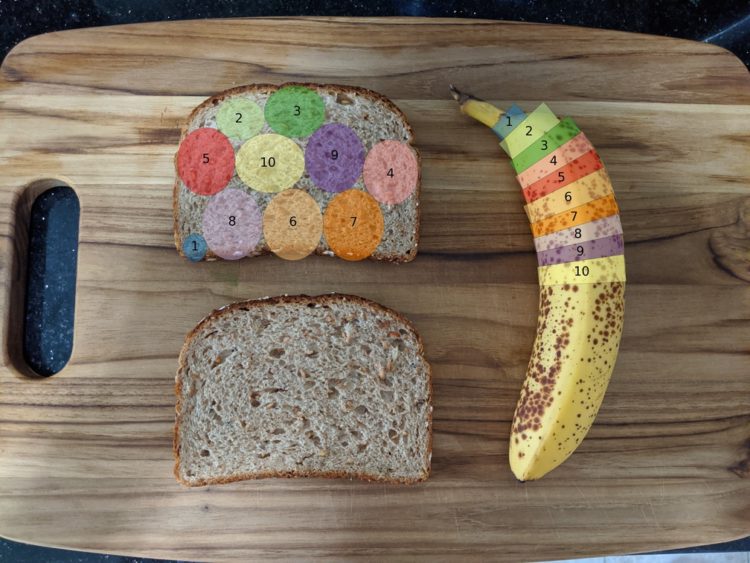
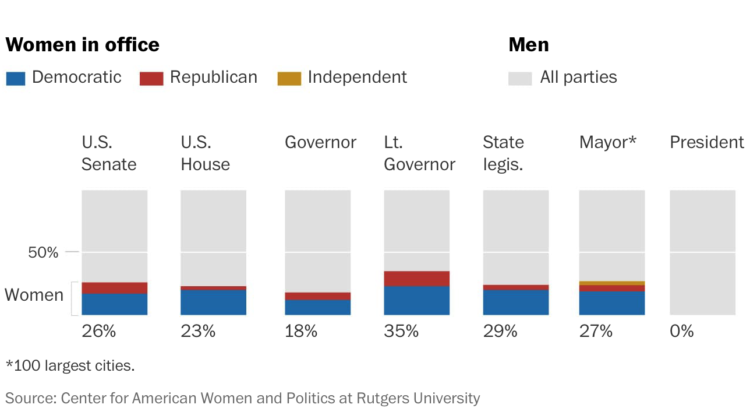
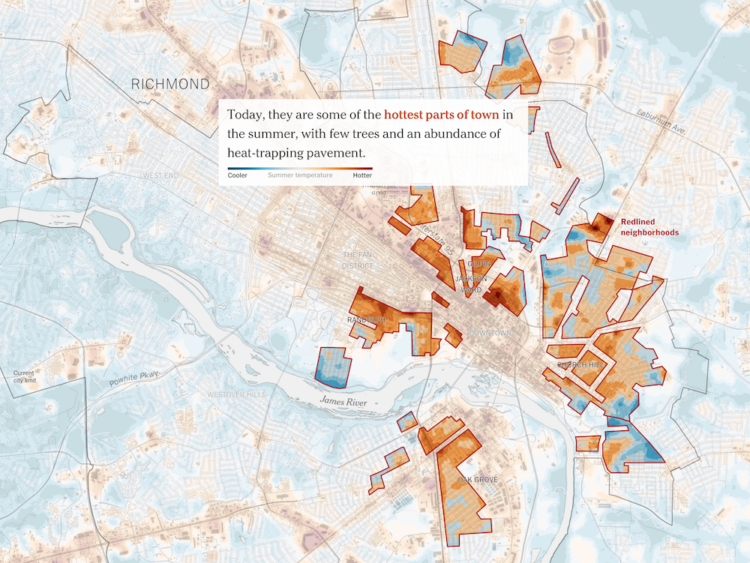


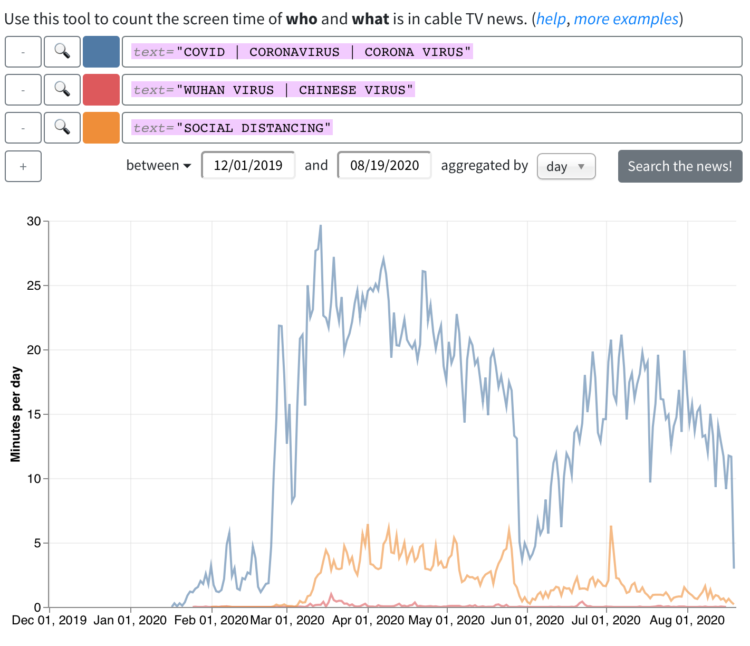

 Visualize This: The FlowingData Guide to Design, Visualization, and Statistics (2nd Edition)
Visualize This: The FlowingData Guide to Design, Visualization, and Statistics (2nd Edition)










